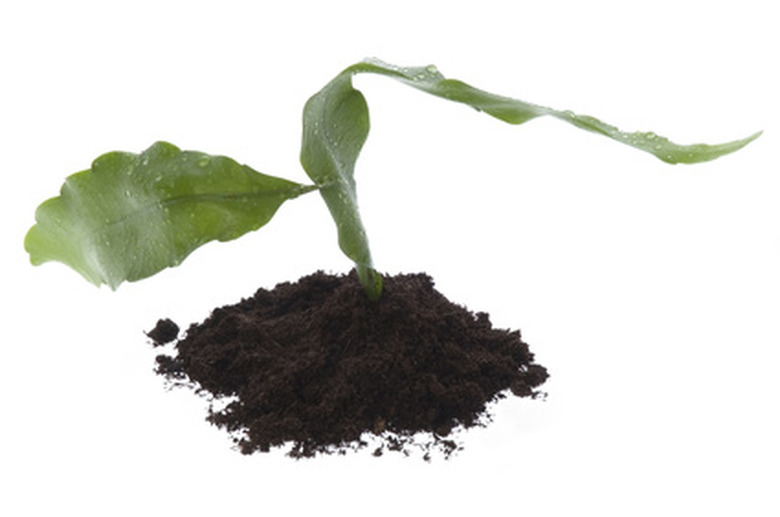Soil Moisture Content Testing Methods
Knowing the moisture content of your soil is crucial to planning a watering schedule that benefits your plants and doesn't waste water. For most plants and lawns, the ideal moisture content is around 25 percent. Soils rich in organic material hold water longer than sandy soils, while other factors like heat can cause soil to dry out faster. Testing soil moisture can be done by look and feel, or you can use soil-testing tools for more accuracy.
How to Test
Whatever soil moisture test you use, the best time to do it is a day after you've watered. This makes the soil soft enough to dig into, and you will get a better idea of how the soil holds moisture. If the soil is too wet or too dry, you won't be able to get a useful reading. Use an auger or shovel to test soil moisture below the surface where plants' roots are.
- Knowing the moisture content of your soil is crucial to planning a watering schedule that benefits your plants and doesn't waste water.
Testing by Hand and Eye
A common way to test moisture content is to squeeze some soil in your hand and watch what happens. Take some soil from at least 4 inches deep and try to squish it into a ball. If water comes out of it or it leaves a wet mark on your hand a day after you've watered, the moisture is too high and there is not enough drainage. If the soil just crumbles into little pieces, it's too dry. If the moisture is around 25 percent, the soil will form a ball that breaks up easily into large pieces. You can also look at the color of a soil sample in an augur to get an idea of moisture penetration. If the top inch or so is lighter than the lower parts, this means that the surface has dried but there is still moisture at the roots where it's needed.
- A common way to test moisture content is to squeeze some soil in your hand and watch what happens.
- If the top inch or so is lighter than the lower parts, this means that the surface has dried but there is still moisture at the roots where it's needed.
Testing with Heat
Drying out wet soil in an oven is an excellent way to gauge the moisture content. Place 1 lb. of soil into a covered, ovenproof container and weigh it, then bake it in the oven at about 225 degrees F for 24 hours. Weigh the soil again when it's dry and use the difference in weight to calculate the percentage of moisture that was in it before drying.
Moisture Sensors
Moisture sensors are tools that use electricity to determine moisture content. Most of these devices use probes that are placed into the soil. Since water conducts electricity, the devices measure the amount of electrical resistance to estimate the moisture content in the soil. Some moisture sensors are designed for one-time tests while others can be placed at different depths in the soil to take readings over a period of time and give you an idea of how quickly the moisture content in your soil changes.
- Drying out wet soil in an oven is an excellent way to gauge the moisture content.
- Since water conducts electricity, the devices measure the amount of electrical resistance to estimate the moisture content in the soil.
